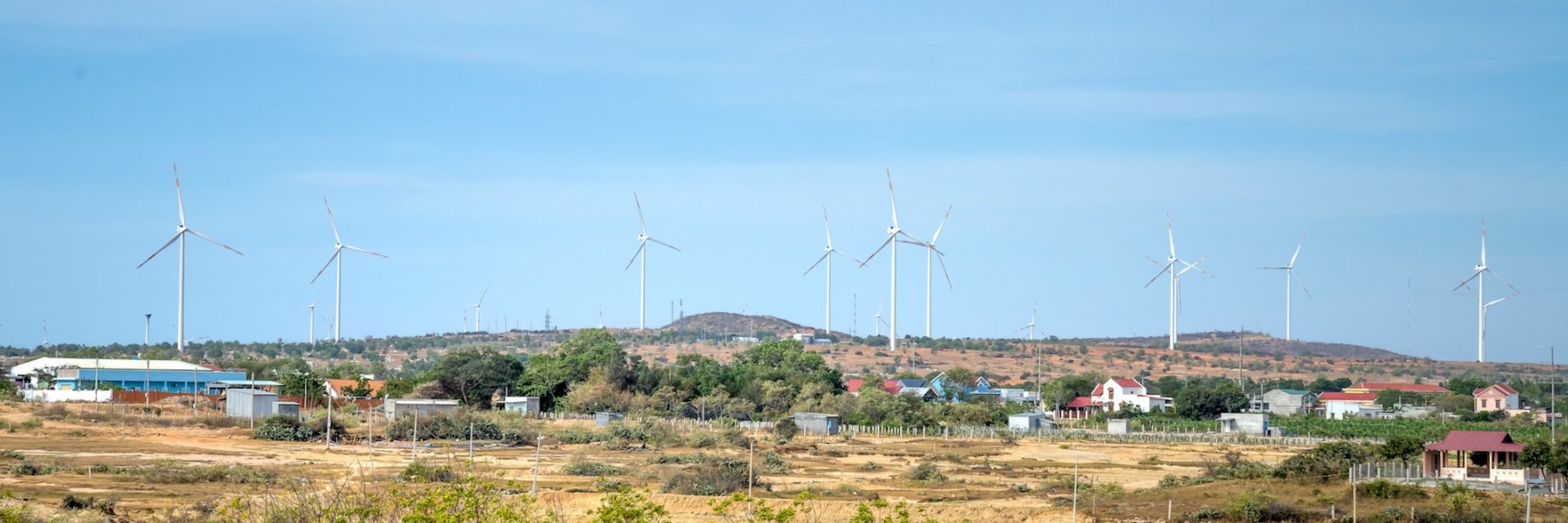 Insight
Insight


In recent times, we have been inundated by a barrage of gloomy information regarding COVID-19. This is to be expected given that it is the worst global health crisis in over a century. However, in amongst social media and news feeds full of articles about challenges posed by COVID-19 there have been some glimmers of hope in the fight against climate change.
The most eye-catching among this information are maps of north-eastern China showing significant drops in air pollution compared to this time last year. In February, China saw a drop in carbon emissions of an estimated 25%. Meanwhile, in New York City traffic levels were estimated to be down by 35% leading to a 50% decrease in carbon monoxide.[1] While an increase in home heating and electricity consumption is expected as a result of people spending more time at home, it is believed that the curbing of commuting and the slowdown in the economy will see an overall reduction in emissions.

Of course, many are correct to point out that the COVID-19 crisis coinciding with the sharp fall in oil prices could lead to an increase in fuel consumption as the economy looks to capitalise on any opportunity it can to recover. Cheaper fuel often leads to consumers using it less efficiently. This could be to the detriment of the renewable energy and electric vehicle industries – a tightening of the economy could make it difficult for companies seeking financing for renewable projects.[2] In February, China’s EV market slumped by 80% and global solar demand is expected to drop by 16% this year.
Following the financial crisis in 2008 and the oil shocks of the 1970s, initial dips in emissions were followed by sharp rises as economies recovered. For example, there are fears in the US that the administration is likely to bail out the oil industry sooner than engaging in a Green New Deal. Furthermore, China looks set to modify their environmental supervisions of firms to boost post-coronavirus recovery. Meanwhile, Czech Prime Minister has proposed setting aside the European Green Deal so countries can focus on fighting the pandemic.[3] Gernot Wagner, a climate economist at New York University says: “In the 2008 financial crisis, emissions decreased significantly. Afterwards, they increased more than they would have otherwise, went right up to trend and have been increasing ever since”.[4]
Despite all of this, there is hope that the COVID-19 pandemic can lead to positive and sustained change. Already, 67% of District, County, Unitary & Metropolitan Councils in the UK have declared a climate emergency.[5] In the coming months governments across the world have the opportunity to ‘double down’ on their efforts to fight climate change. Professor Corinne Le Quéré from the University of East Anglia says:
“Governments now have to be really cautious on how they re-stimulate their economies, mindful of not locking in fossil fuels again. They should focus those things that are ready to go that would lower emissions, like renovating buildings, putting in heat pumps and electric chargers. These are not complicated and can be done straight away, they are just waiting for financial incentives.”[6]
Perhaps, government willingness to spend vast sums of money could create meaningful, ‘shovel-ready’ jobs in clean energy and housing. Such schemes could provide an alternative to low-paid work bound up in carbon-intensive supply chains like those in the consumer industry.[7] Since governments drive more than 70 percent of global energy investments, their recovery plans could shift those investments as well as include new large-scale investments to accelerate the development, deployment and integration of clean energy technologies. Such programs have twin benefits; stimulating economies and accelerating clean energy transitions. The progress this will achieve in transforming countries’ energy infrastructure won’t be temporary – it can make a lasting difference to our future.[8] Furthermore, the costs of key renewable technologies, such as solar and wind, are far lower than during previous periods when governments launched stimulus packages. And the technology for both solar and wind is far more effective than in the past.
Other causes for optimism include the move towards remote working. Unbeknown to many businesses, COVID-19 is driving an ambitious carbon management strategy. As companies become more accustomed to remote working, commuting should decrease and unnecessary air travel will increasingly be replaced by videoconferencing. Not only will there be an increased demand from employees to seek more flexibility with work, but companies themselves will be incentivised to reduce carbon emissions. Under the Streamlined Energy and Carbon Reporting (SECR) guidelines, 11,900 extra UK companies will be required to publish a greenhouse gas emissions report together with their annual report. The two main changes which the crisis is forcing upon companies (homeworking and reduced carbon-intensive travel) are the ones that have the biggest impact on company carbon footprints.[9]
Whilst COVID-19 has presented so many costly and tragic challenges, it does represent a unique opportunity for businesses and governments to refocus their strategy and investments on programs that will have significant long-term benefits for the environment. At Switchee, we place a heavy emphasis on our role to help tackle climate change. Our device saves an average of 17% on energy bills, which equates to 184kg reduction of CO2 per year per property. We are working with a host of housing associations and local authorities to improve the energy efficiency of their housing stock and provide remote data analytics that drives proactive maintenance that reduces costs and improves homes for residents.
Originally posted here